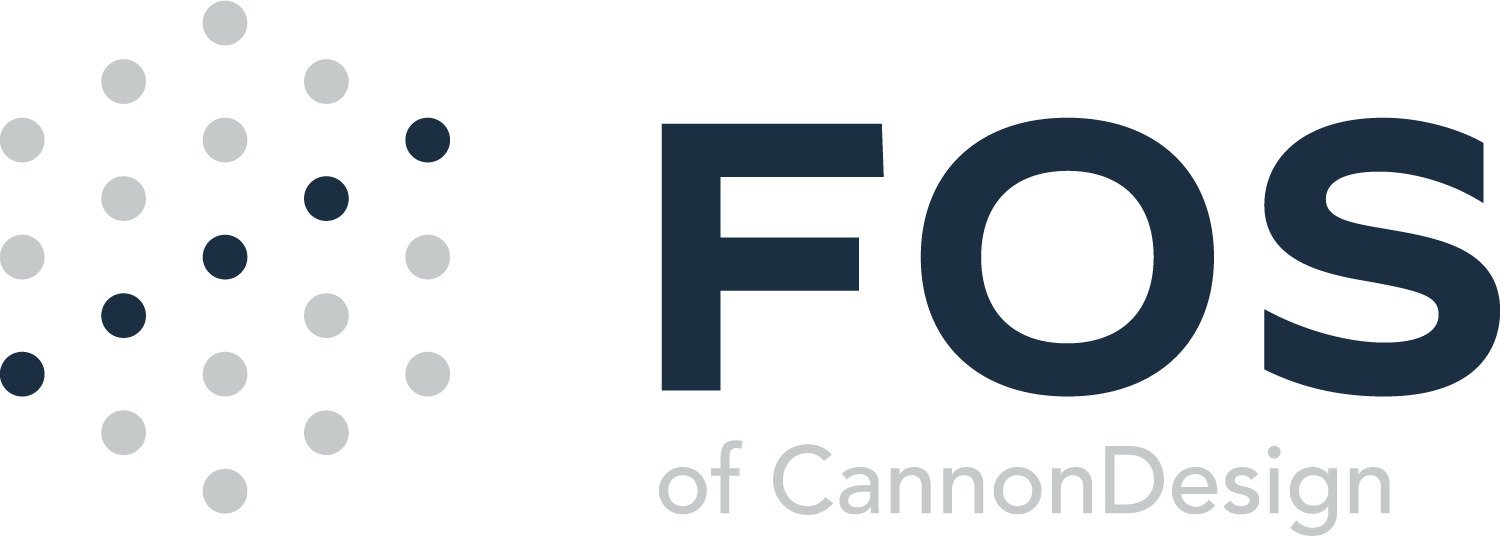Maximizing Asset Value: The Significance of Current Replacement Value (CRV) in FCA Development.
Current Replacement Value (CRV) is the cost required to reproduce a facility in kind using modern design, materials, and methods based on current market prices for materials and labor. Across the facility management industry, many building owners will identify the type of asset and apply a dollar amount per square foot to calculate the CRV — but this process doesn’t account for every parameter. FOS approaches these calculations differently.
A Unique Approach —
This is where the FOS approach makes a significant impact — when performing a facility condition assessment (FCA), we have a team of in-house cost estimators that are involved in the process of reviewing the assessment items and calculating the CRV. By utilizing building data gathered during a condition assessment, FOS develops accurate and current replacement values that take into account the specific building design, systems, and components. Fundamental building features make an impact, such as the building perimeter, number of stories, presence of sub-stories, and building use. The characteristics of a building, from the architectural to electrical to mechanical systems, can impact the cost in relation to the average scenario.
To understand how FOS approaches an FCA, it’s important to know that our software, FOScore®, was built to calculate a facility condition index (FCI). FCI is an industry-standard metric that serves as an objective benchmark to understand the condition or “health” of a building. This is calculated by taking the total action cost (replacement and/or repair) of the assessment records (deferred maintenance deficiencies, or DMD) and dividing that number by the CRV. A lower FCI represents a building that’s in better condition within a portfolio, whereas a higher FCI rating will require significant investment to improve its condition.
A Recent Case Study —
In a recent case study, we worked with a client that wanted to use their buildings’ insurance values as their CRVs. The dilemma with that is when your CRV is wrong then your FCI is wrong, and a lot of folks overlook this. If you over-inflate the CRV, your buildings will look like they’re in better shape than they really are. If you under-inflate them, they’ll look like they’re falling into disrepair. To get an accurate picture of your buildings’ condition, your CRVs need to be precise.
The Importance of CRV —
So you see, how you calculate CRV is just as important as the value of assessment action cost items. There should always be fiduciary custody and responsibility, to report to stakeholders the correct building values and needs. We are able to help our clients better understand the condition of their buildings so they can accurately make data-driven decisions for the future.
About the authors.
Experienced in a variety of software languages, environments, and platforms, Matt Clough is adept at working with clients to solve challenges through software application development. Matt’s technical experience helps clients identify needs while challenging them to implement functional, valuable solutions. He strives to pave a path forward to implement innovative improvements to all FOS platforms and client programs.
As a cost estimator, Corey Beck is responsible for general trades estimations. His diverse technical and design experience give him a depth of knowledge to advise on estimates through all project phases. With a focus on conceptual estimating and cost modeling, Corey oversees our benchmarking software to compare past project costs to proposed project costs. His integrated role with project teams ensures estimates are aligned with client budgets and expectations.





